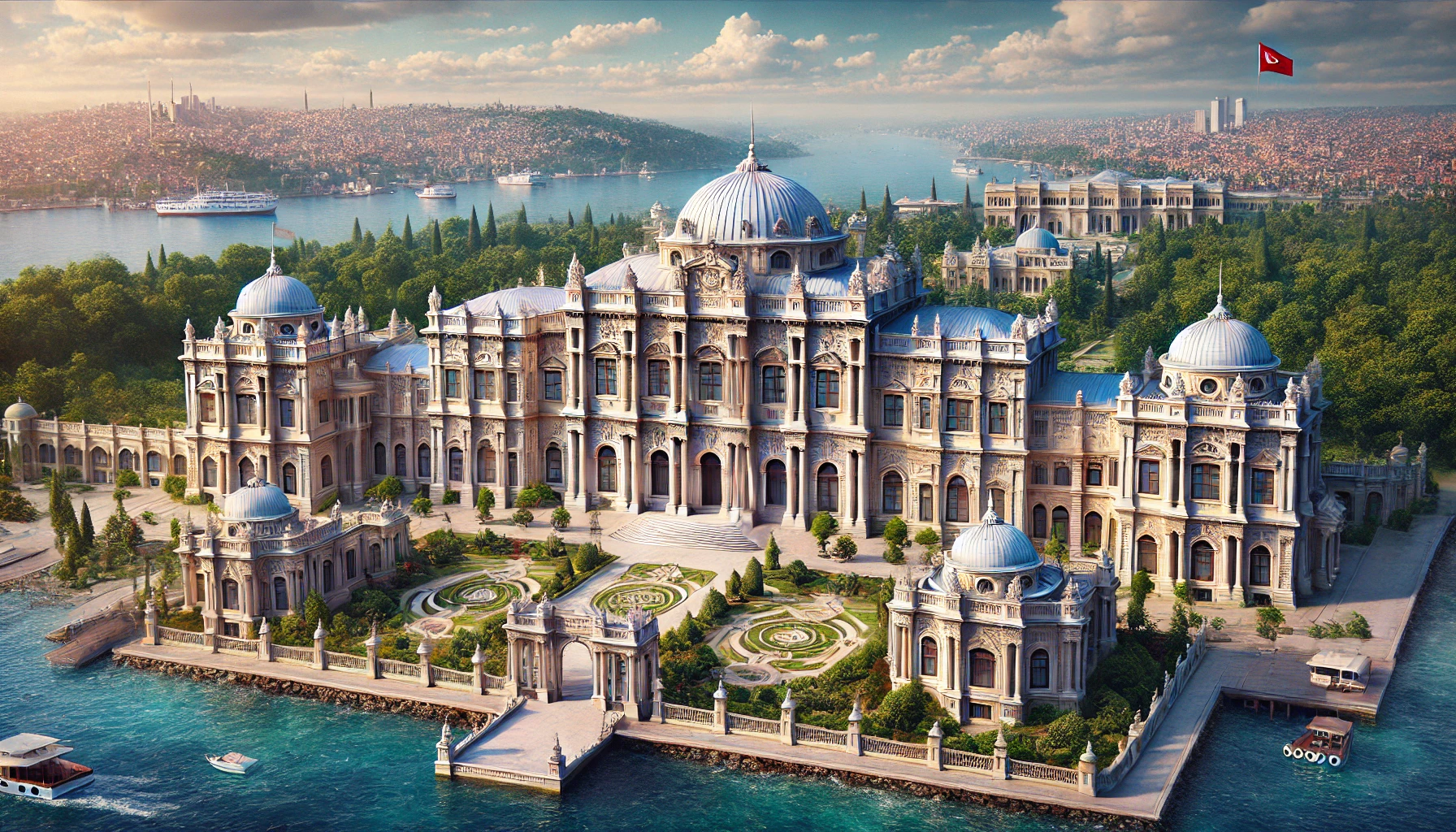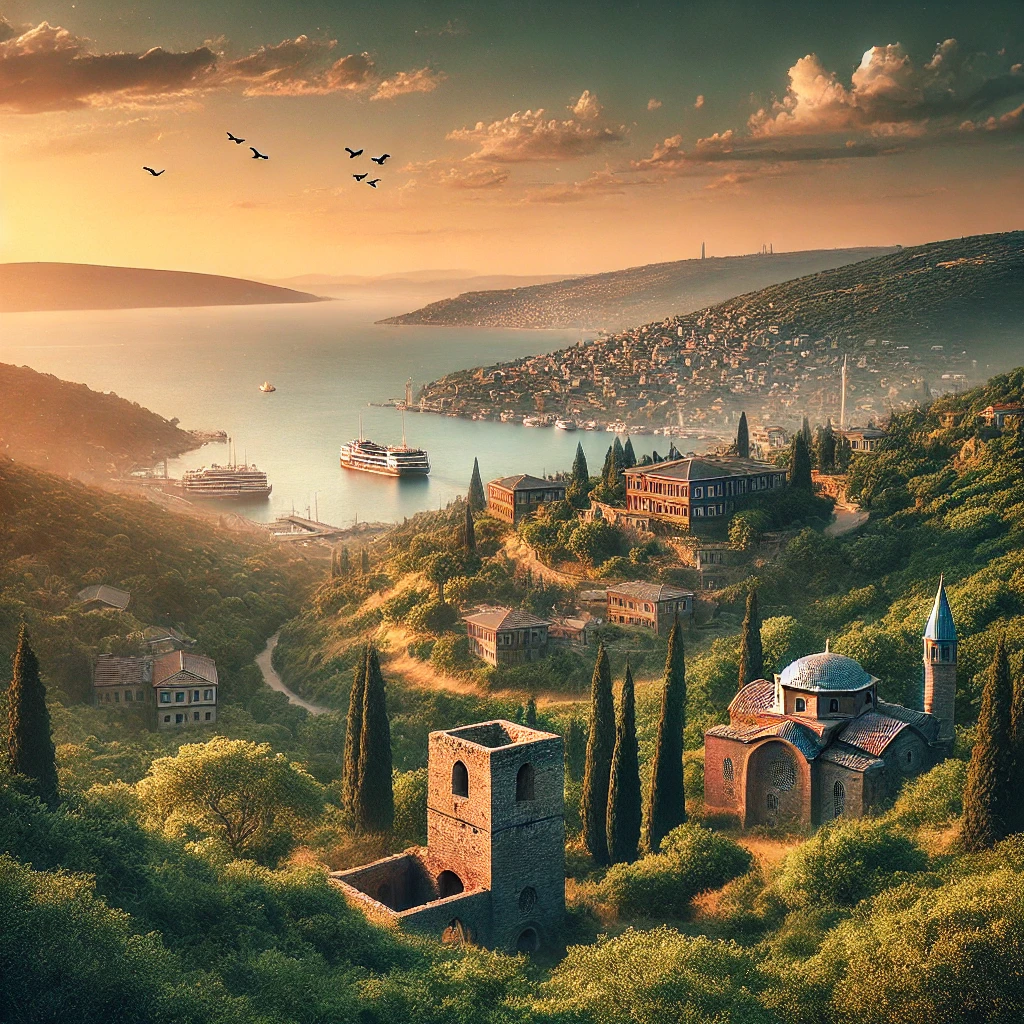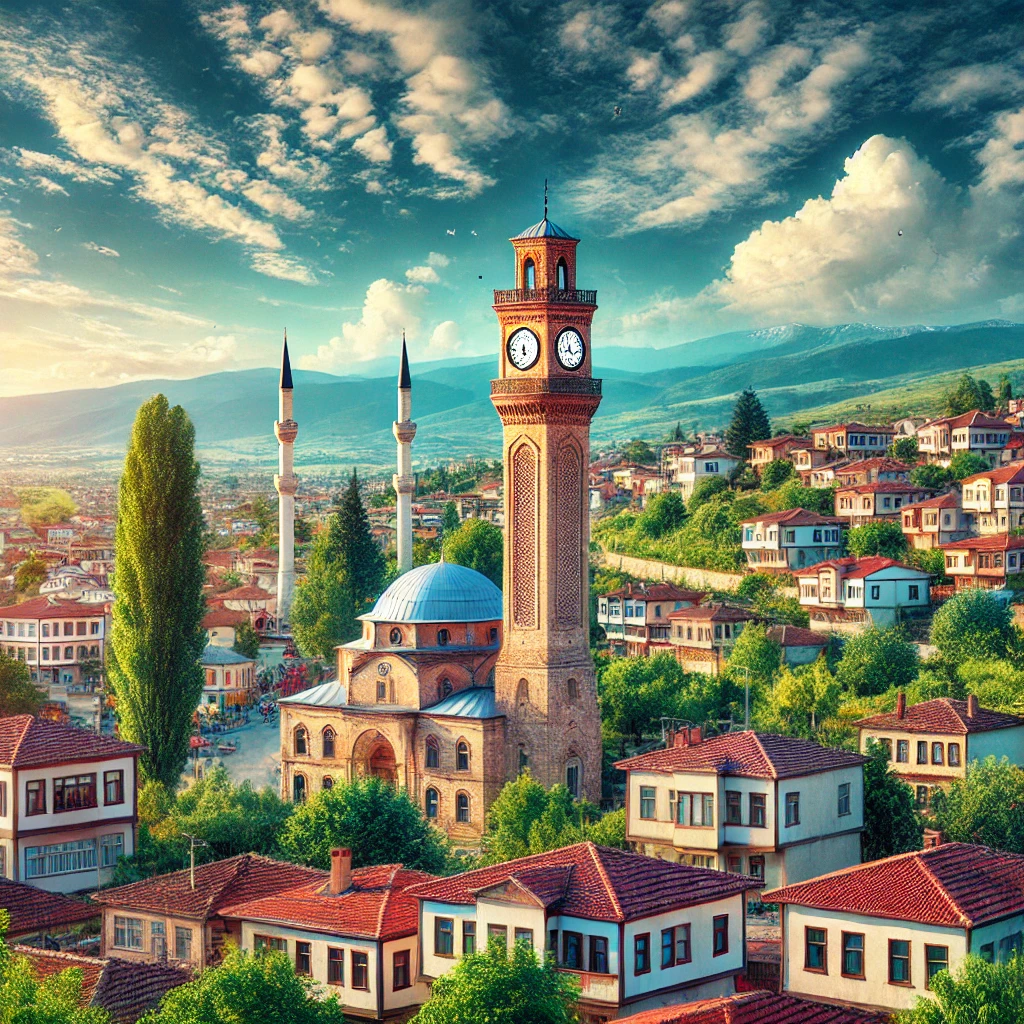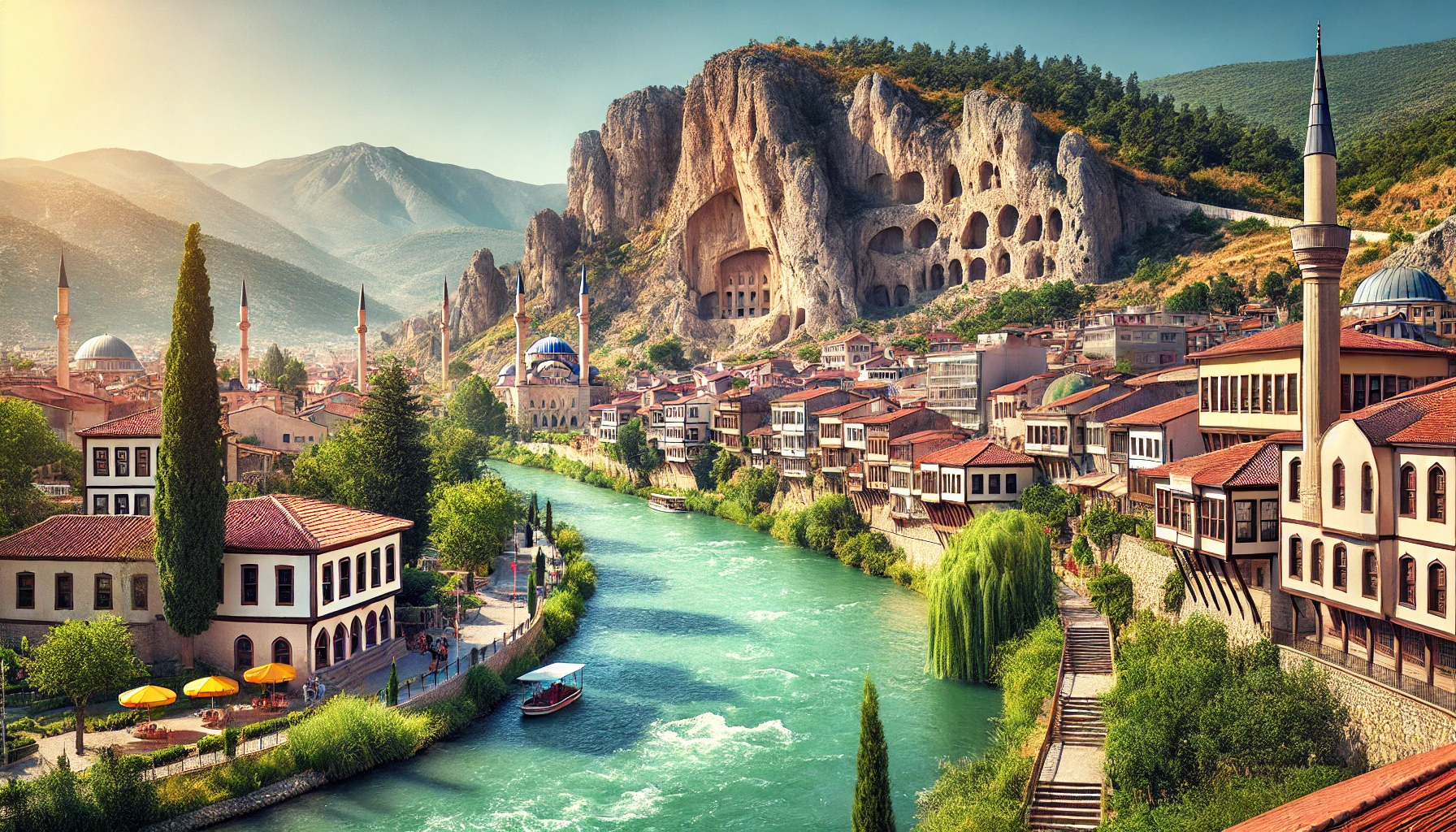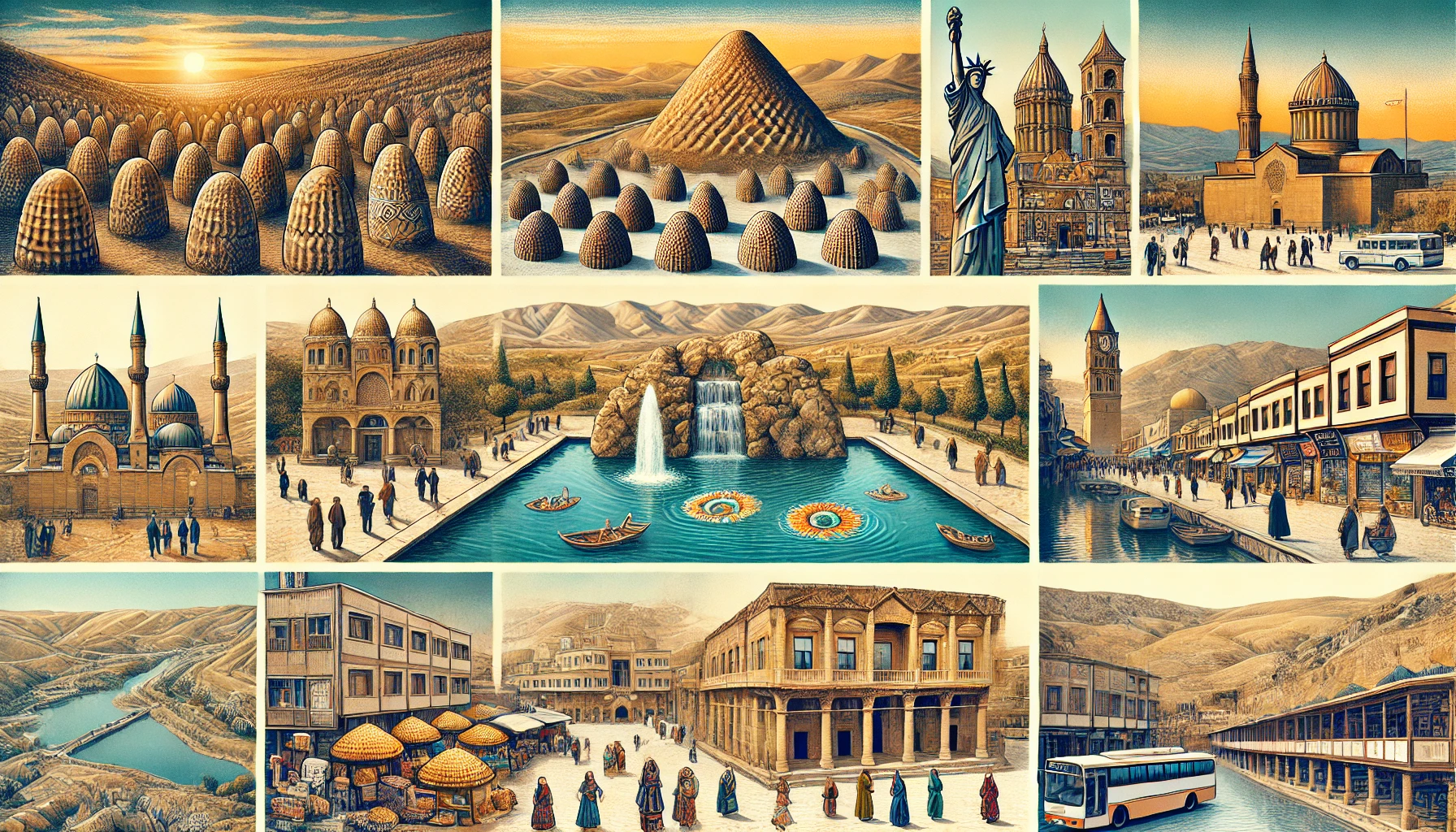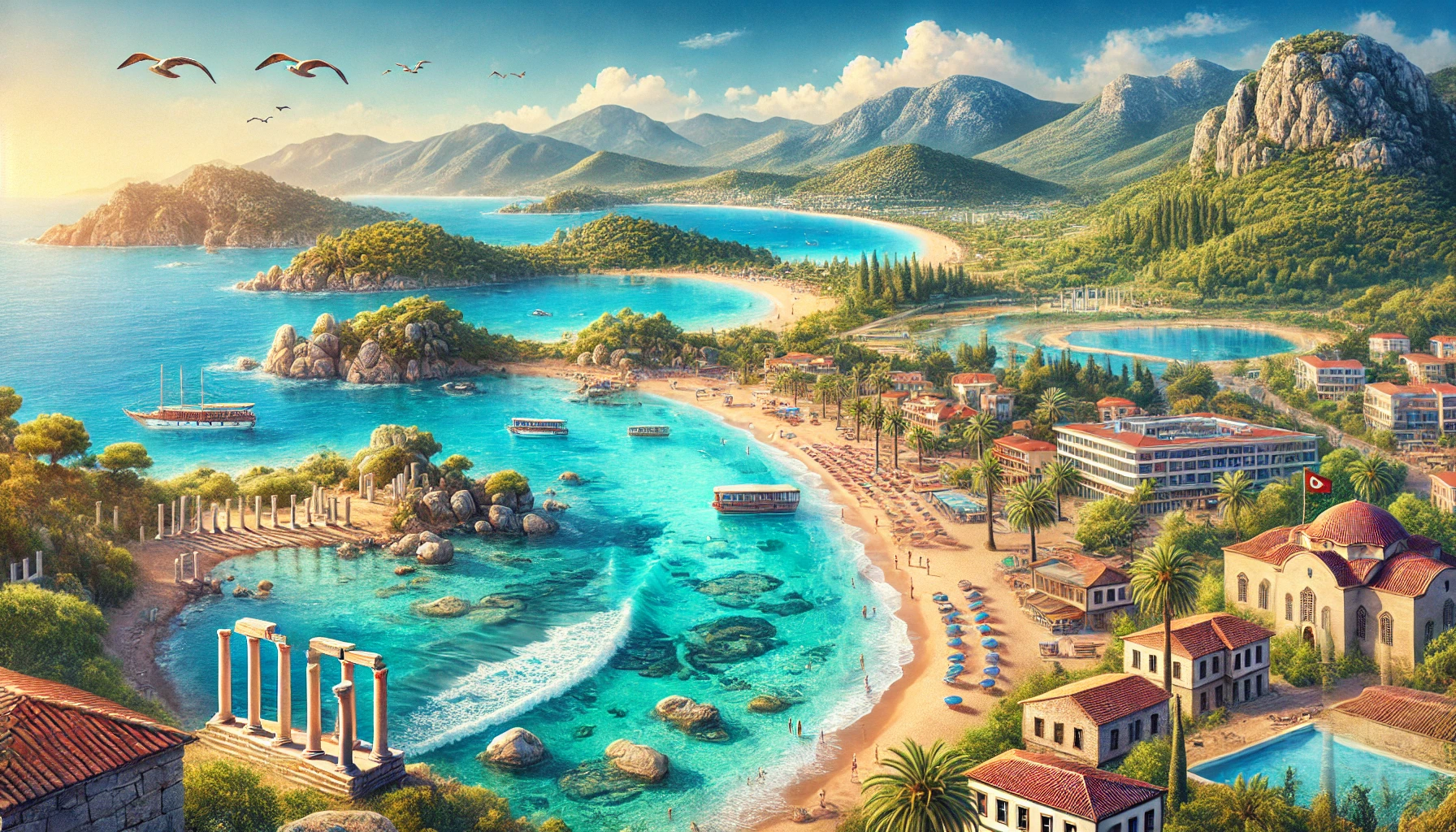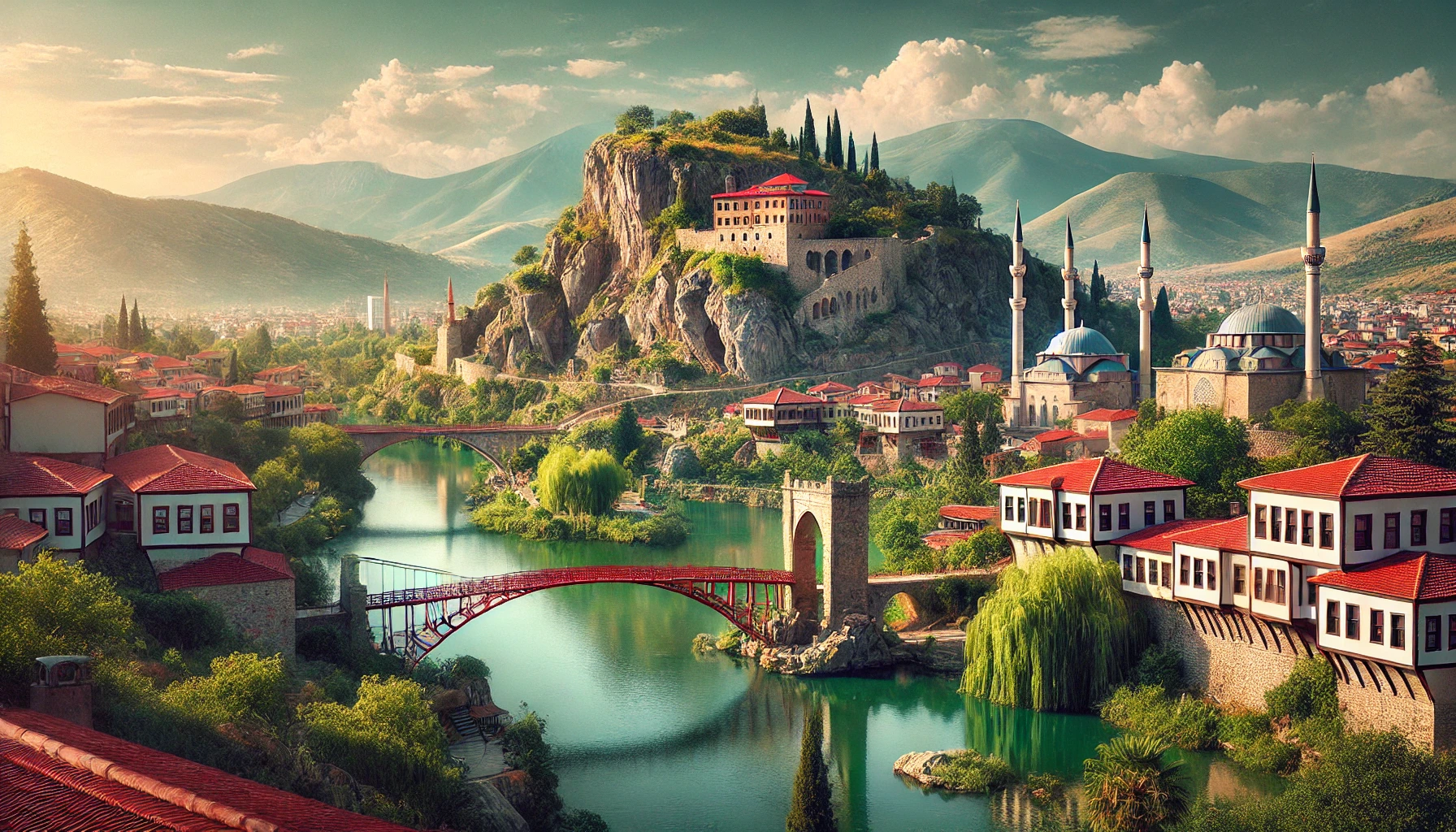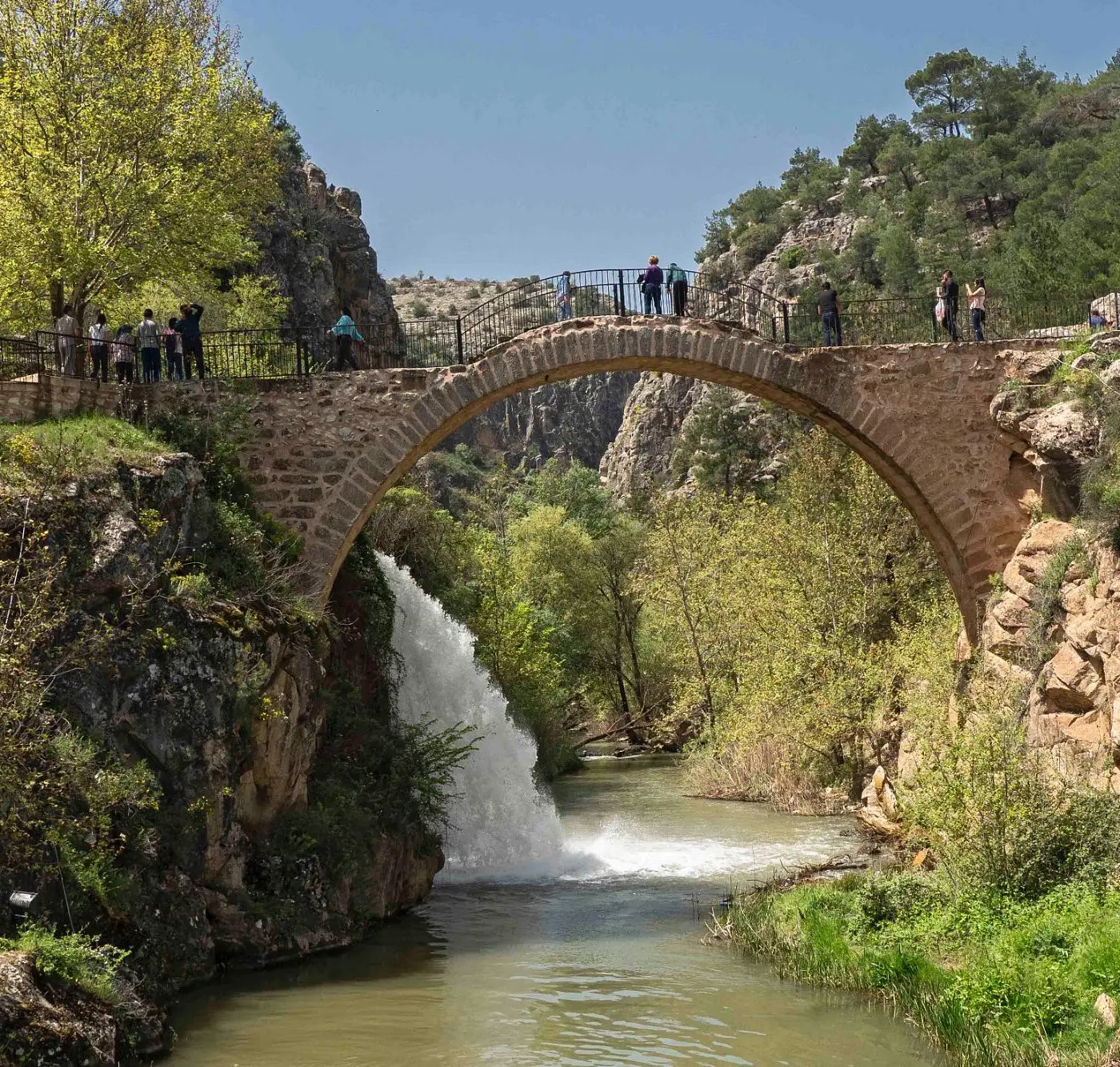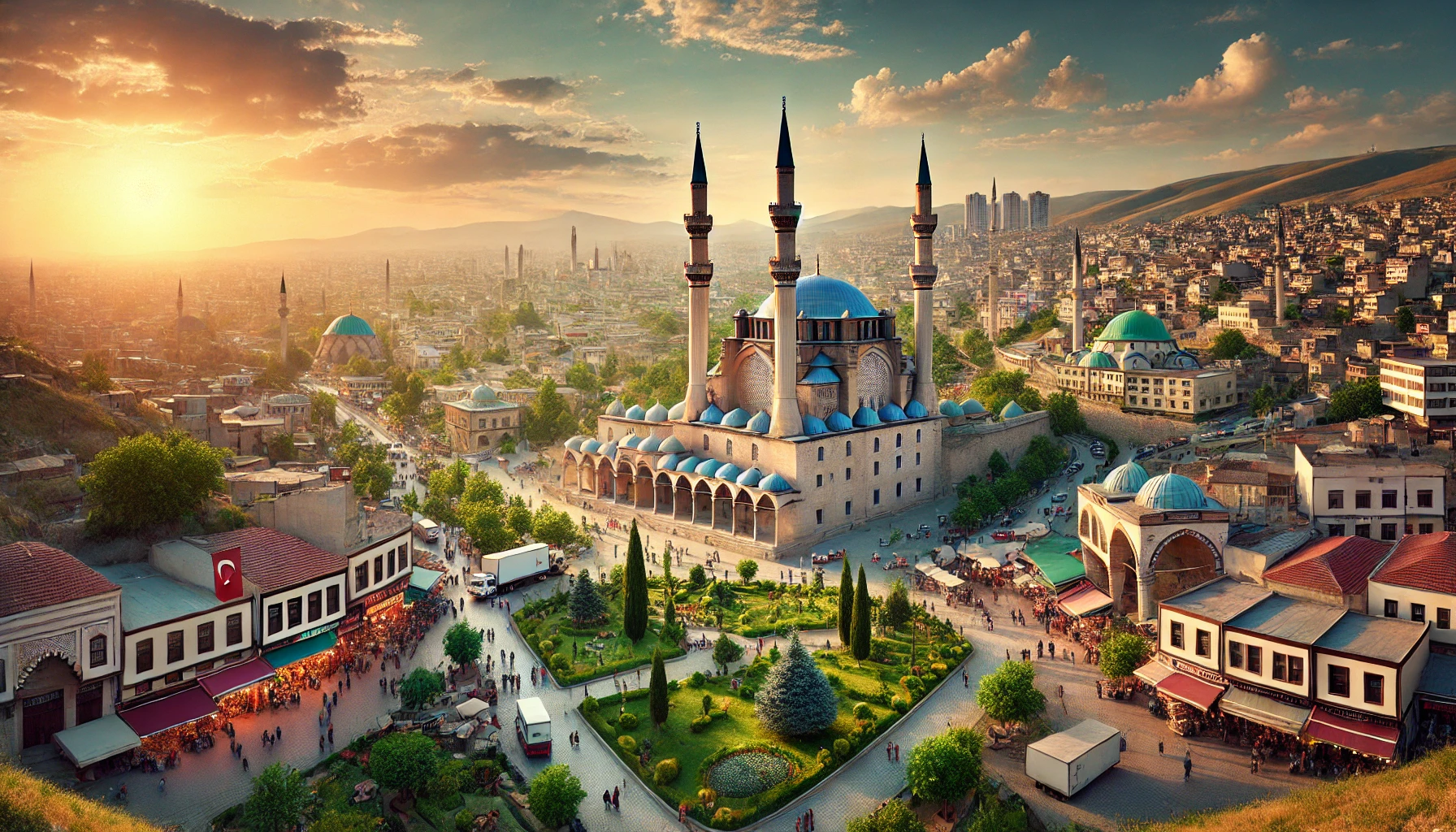Dolmabahçe Palace, Istanbul: A Glimpse into Ottoman Opulence
The Dolmabahçe Palace (Turkish: Dolmabahçe Sarayı) is a magnificent symbol of Istanbul’s rich history and the grandeur of the Ottoman Empire. Located in the Beşiktaş district on the European coast of the Bosphorus strait, Dolmabahçe Palace served as the main administrative center of the Ottoman Empire from 1856 to 1887 and from 1909 to 1922. This article will delve into the history, architecture, and cultural significance of this iconic palace, offering an engaging read for travel enthusiasts and history buffs.
The Historical Significance of Dolmabahçe Palace
The Vision of Abdulmejid I
Dolmabahçe Palace was ordered by Sultan Abdulmejid I, the 31st Sultan of the Ottoman Empire, who reigned from 1839 to 1861. The construction of the palace began in 1843 and was completed in 1856. The Sultan and his family previously resided at the medieval Topkapı Palace, but Abdulmejid desired a more modern and luxurious residence that could rival the palaces of European monarchs. The palace was built near the site of the former Beşiktaş Sahil Palace, which was demolished to make way for this grand structure.
The Architects Behind the Masterpiece
The construction of Dolmabahçe Palace was overseen by Hacı Said Ağa, while the architectural project was realized by Garabet Balyan, his son Nigoğayos Balyan, and Evanis Kalfa—members of the Armenian Balyan family of Ottoman court architects. The palace’s design incorporates eclectic elements from Baroque, Rococo, and Neoclassical styles, blended with traditional Ottoman architecture, creating a unique and stunning synthesis.
Architectural Marvels of Dolmabahçe Palace
A Grand Façade and Lavish Interiors
The Dolmabahçe Palace is the largest palace in Turkey, covering an area of 45,000 square meters. It boasts 285 rooms, 46 halls, 6 baths (hamams), and 68 toilets. The palace’s design reflects the increasing influence of European styles on Ottoman culture and art during the Tanzimat period. The exterior of the palace, especially the view from the Bosphorus, showcases a classical European two-wing arrangement divided by a large avant-corps with two side avant-corps.
The Ceremonial Hall
One of the most striking features of the palace is the Ceremonial Hall (Muayede Salonu), which has a floor area of 2,000 square meters and a dome that rises 36 meters high. This grand hall is home to the world’s largest crystal chandelier, weighing 4.5 tonnes and featuring 750 lamps. Initially thought to be a gift from Queen Victoria, a receipt discovered in 2006 revealed that it was paid for in full by the Sultan.
The Crystal Staircase
Another highlight of the Dolmabahçe Palace is the Crystal Staircase, a double horseshoe-shaped staircase made of Baccarat crystal, brass, and mahogany. This exquisite feature, along with the palace’s extensive use of gold—14 tonnes of gold were used to gild the ceilings—exemplifies the opulence and grandeur of the Ottoman Empire.
The Layout and Décor of Dolmabahçe Palace
The Division of Spaces
Functionally, the Dolmabahçe Palace is divided into two main sections: the southern wing (Mabeyn-i Hümâyûn or Selamlık), which contains the public representation rooms, and the northern wing (Harem-i Hümâyûn or Harem), which served as the private residential area for the Sultan and his family. These two areas are separated by the grand Ceremonial Hall.
Luxurious Decorations
The palace is richly decorated with expensive materials such as Marmara marble, Egyptian alabaster, and Porphyry from Pergamon. It also houses the largest collection of Bohemian and Baccarat crystal chandeliers in the world. The palace includes a significant collection of Hereke palace carpets, with the largest Hereke rug in the world located in the main hall. Additionally, the palace features a collection of 202 oil paintings, including 23 by Ivan Aivazovsky, a court painter during his stays in Istanbul.
The Historical and Cultural Impact of Dolmabahçe Palace
Home to Ottoman Sultans
Dolmabahçe Palace was home to six Ottoman Sultans from 1856 until the abolition of the Caliphate in 1924. The last royal to reside in the palace was Caliph Abdülmecid Efendi. Following the establishment of the Turkish Republic, the ownership of the palace was transferred to the national heritage of the new republic.
Mustafa Kemal Atatürk and Dolmabahçe
Mustafa Kemal Atatürk, the founder and first President of the Republic of Turkey, used the Dolmabahçe Palace as a presidential residence during the summers. Atatürk spent his final days in the palace, passing away on November 10, 1938. Today, the room where Atatürk died remains a poignant reminder of his legacy, with the clock in the room still set to 9:05, the time of his death.
Visiting Dolmabahçe Palace Today
A Historical Landmark and Museum
Today, Dolmabahçe Palace is managed by the Directorate of National Palaces and serves as a museum open to the public. Visitors can explore the grand halls, luxurious rooms, and stunning gardens, gaining insight into the opulent lifestyle of the Ottoman sultans and the rich history of Istanbul.
Accessibility and Tours
The palace is easily accessible from various parts of Istanbul, with guided tours available to provide a comprehensive understanding of its historical and architectural significance. The beautifully maintained gardens and waterfront views add to the overall experience, making a visit to Dolmabahçe Palace a must for any traveler to Istanbul.
The Gates and Adjacent Buildings
The Gates of Dolmabahçe
Dolmabahçe Palace features several impressive gates, including the Gate of the Sultan (Saltanat Kapısı) and the Gate of the Treasury (Hazine-i Hassa Kapısı). These gates are adorned with intricate carvings and decorations, reflecting the palace’s grandeur and the importance of its entrances.
The Clock Tower and Mosque
Adjacent to the Dolmabahçe Palace is the Dolmabahçe Mosque, designed by Garabet Balyan and built between 1853 and 1855. The mosque showcases a Baroque style and serves as a significant architectural and cultural landmark. The Dolmabahçe Clock Tower, erected between 1890 and 1895, stands in front of the Imperial Gate and adds to the historical landscape of the area.
Conclusion: Embrace the Splendor of Dolmabahçe Palace
The Dolmabahçe Palace stands as a testament to the grandeur and opulence of the Ottoman Empire. Its architectural beauty, historical significance, and cultural impact make it an essential destination for travelers and history enthusiasts. A visit to Dolmabahçe Palace offers a unique glimpse into the luxurious lifestyle of the Ottoman sultans and the rich history of Istanbul.
For more information on planning your visit to this historic landmark and exploring other fascinating destinations in Turkey, check out Travel Turkey. Embrace the splendor of Dolmabahçe Palace and discover the wonders of Istanbul’s past and present.
Latest Update: Aug 5, 2024
Your Content Goes Here
TAGS: Bosphorus, Dolmabahçe Palace, historical landmarks, Istanbul, Mustafa Kemal Atatürk, Ottoman architecture, Ottoman Empire, travel Istanbul, Turkish history
A brief summary of the key points in this article.
Latest Travel Guides
Weather Today in Dolmabahçe Palace, Istanbul, Turkey
Location: Istanbul
Temperature: 17.68°C
Condition: Broken clouds

